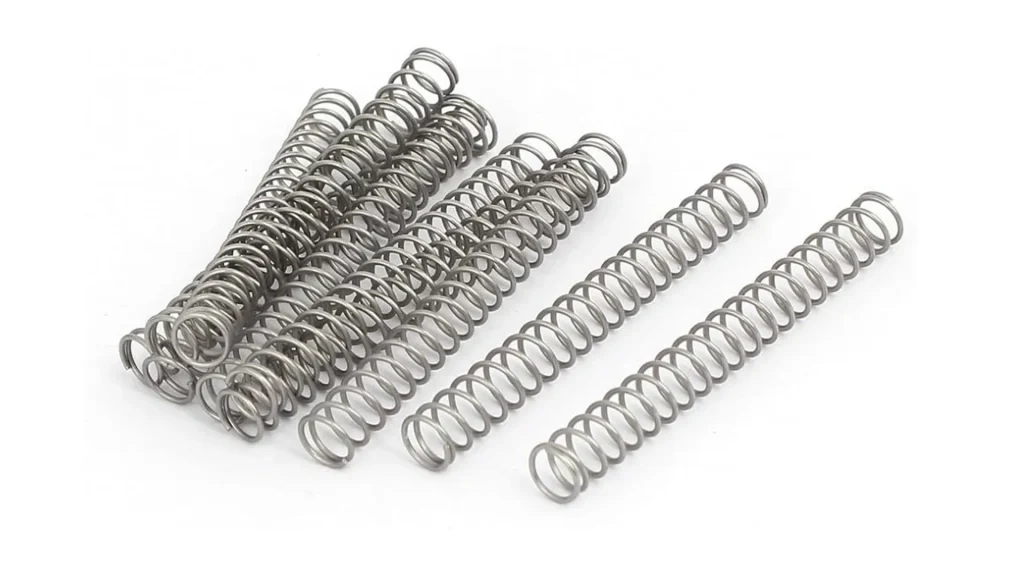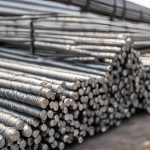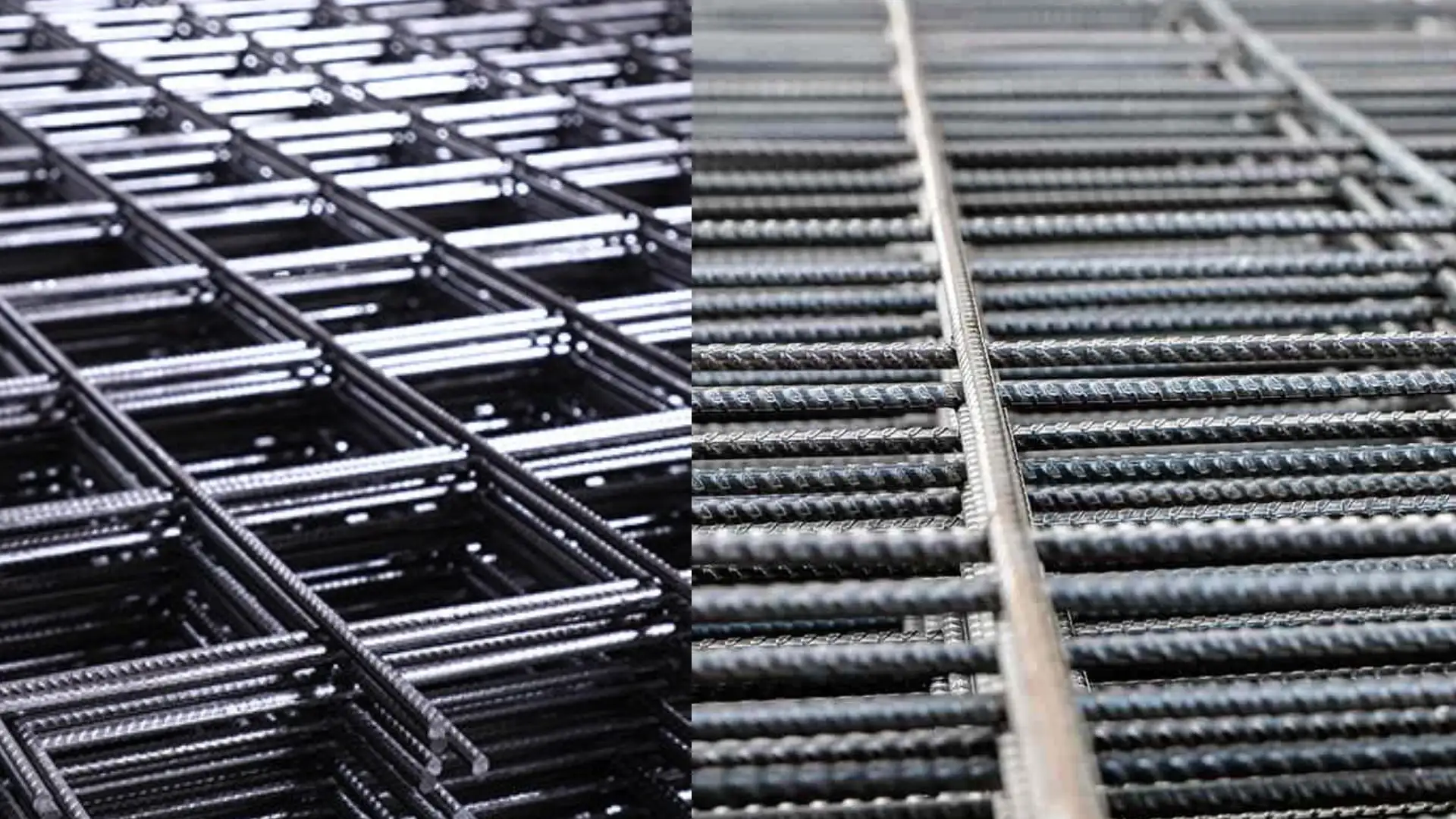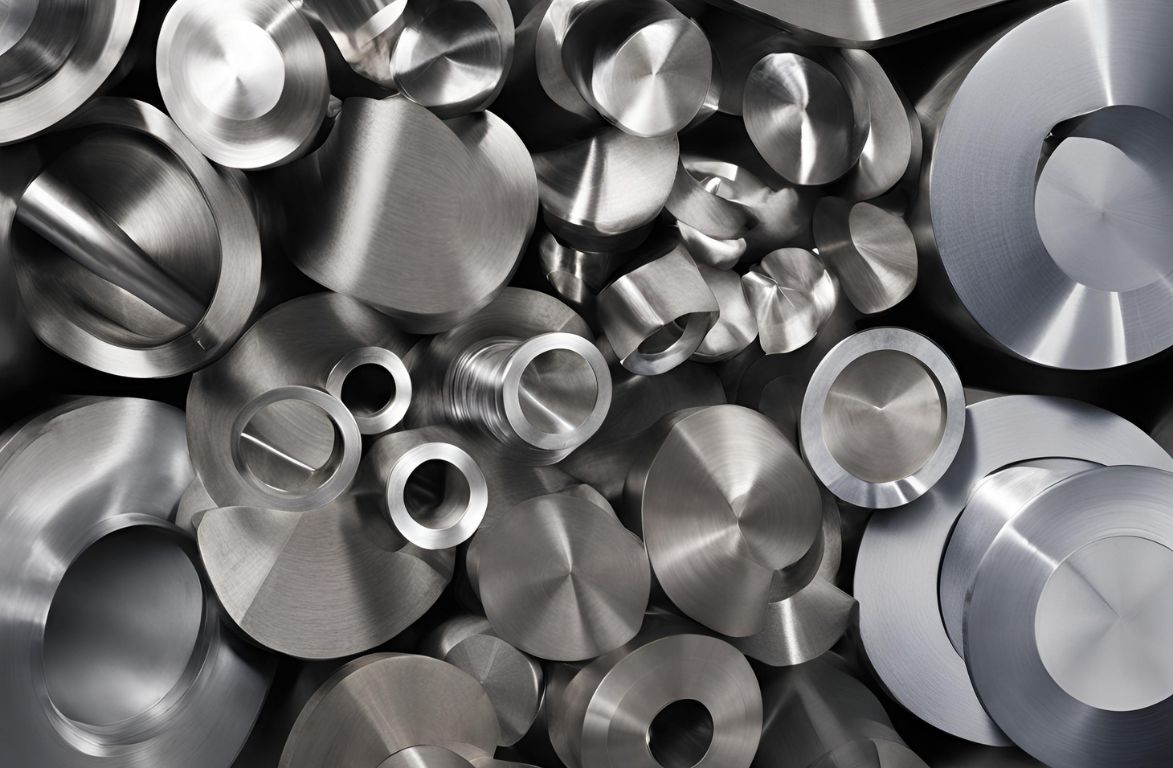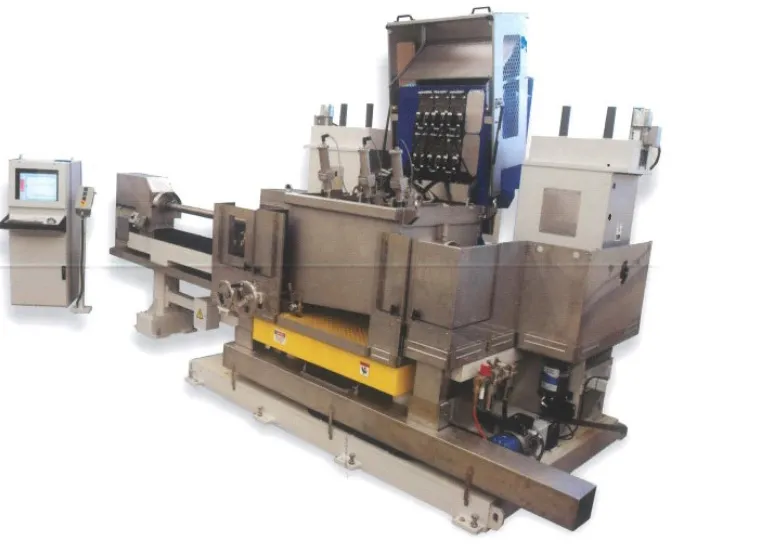Spring steel is the most popular material used to manufacture different kinds of springs. It is usually characterized by a unique property known as high yield strength which refers to a material’s ability to tolerate considerable bending or twisting and return to its original shape without distorting. Hence, any product built from this material can withstand a high amount of continuous compression, bending, and twisting without losing its original form. This spectacular property of spring steel comes from its specific composition and hardening process of the steel alloy.With a medium to high carbon content, spring steels usually consist of 0.5 to 1.0 percent of carbon. Other alloys that are added to the mix are magnesium, chrome, vanadium, molybdenum, nickel, and silicon with silicon being a major ingredient in providing high yield strength. This steel is flexible enough that it can be easily bent up to its elastic limit and return to the original position without being deformed once the pressure or load is removed.Apart from a high yield strength, spring steels also feature great tensile strength and fatigue strength and have the capacity to be formed, shaped, and post heat treated. These properties make this steel appropriate for a number of industrial applications. The tensile strength is obtained by the final heat treatment.
APPLICATIONS OF SPRING STEEL
Due to its excellent set of characteristics, spring steel is also known as general use steel. It is mainly used to produce high-quality saw blades, lock picks, antennas, and scrapers. In a hardened and tempered condition, spring steel works exceptionally well in the production of flat springs that are very difficult to form. For small springs, steel is often supplied to spring manufacturers in a form that either does not require any kind of heat treatment or needs just a low temperature anneal to relieve forming strains. Even for helical and flat springs, steel is supplied in an annealed condition. Regular carbon steel is a good option to make small springs, whereas, for large springs, it is imperative to use alloy steels like chrome-vanadium or silicon-manganese steel to get a uniform structure throughout the cross-section. If the surface of the springs has any sort of decarburization or irregularities, the fatigue strength will be negatively affected. Thus, manufacturers must ensure that the surface of the springs is perfectly smooth for optimum efficiency and performance. Sunflag Steel is a leading spring steel manufacturer in India that has introduced a large number of quality products that are durable and sturdy and perfect to be used in several demanding situations.

